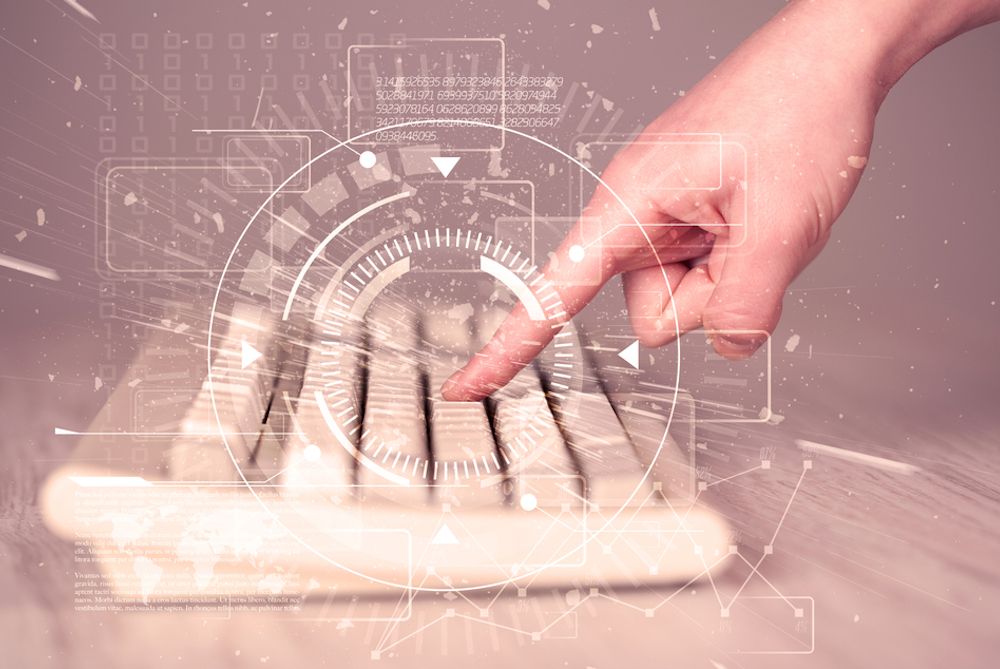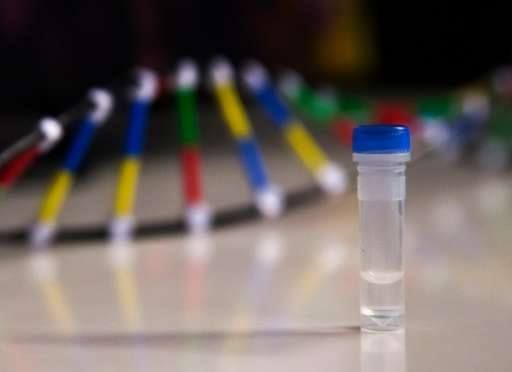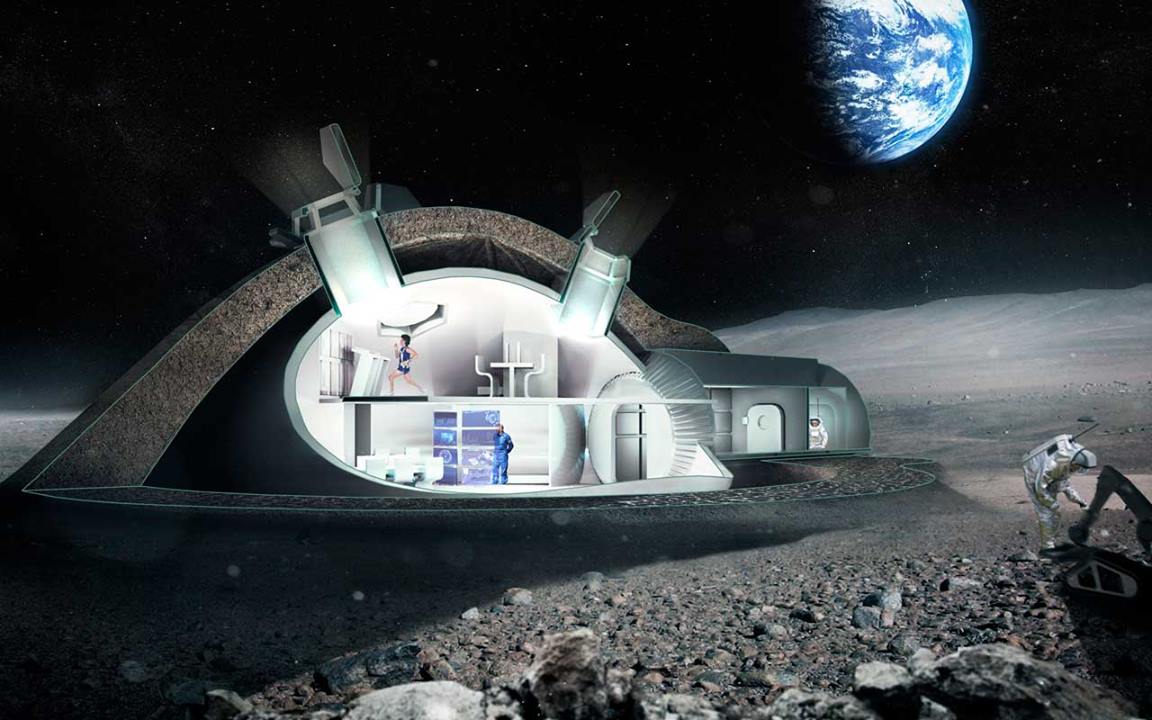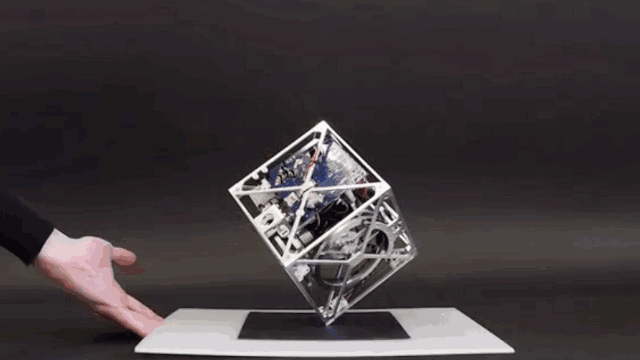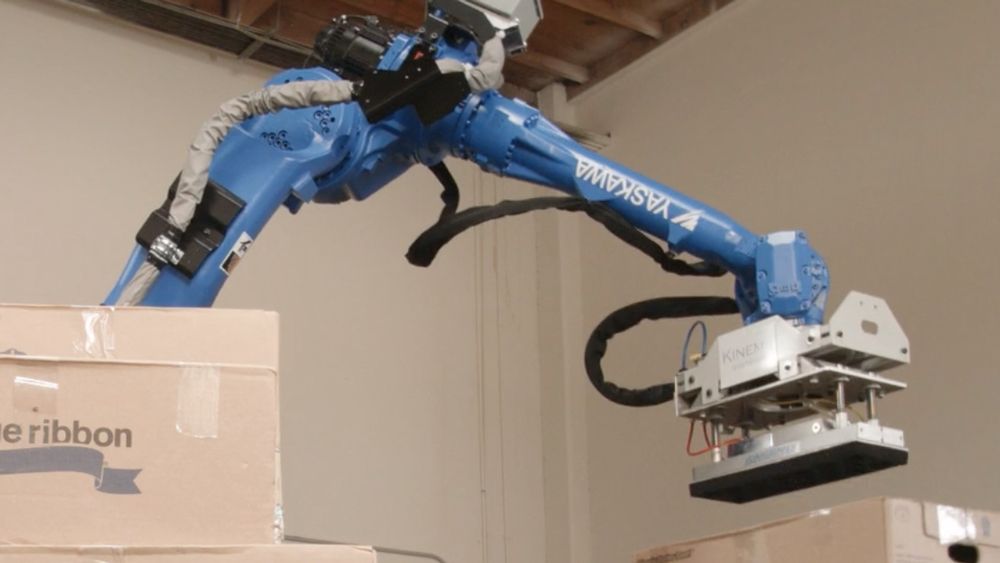Apr 7, 2016
LIU Adds Cyber Extortion Endorsement to Product Recall Policies
Posted by Karen Hurst in categories: cybercrime/malcode, policy, robotics/AI
Hmmmm;
Liberty International Underwriters (LIU), part of Liberty Mutual Insurance, has launched a cyber extortion endorsement to its Product Recall and Contamination insurance policy for food and beverage companies.
This endorsement offers coverage to food and beverage policyholders for cyber extortion monies and consultant costs up to the policy sub-limit for acts against production and day-to-day operations.
Continue reading “LIU Adds Cyber Extortion Endorsement to Product Recall Policies” »

